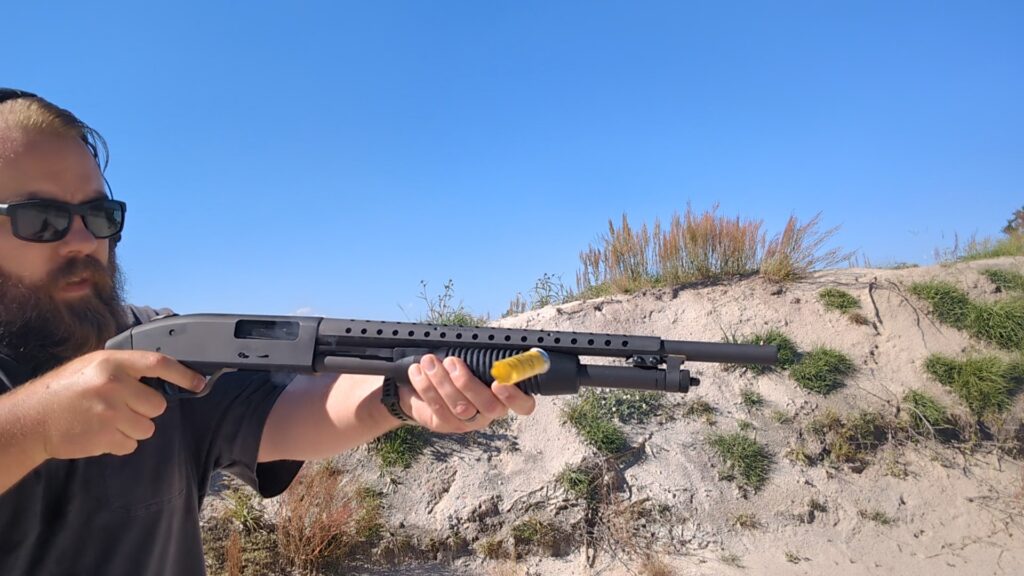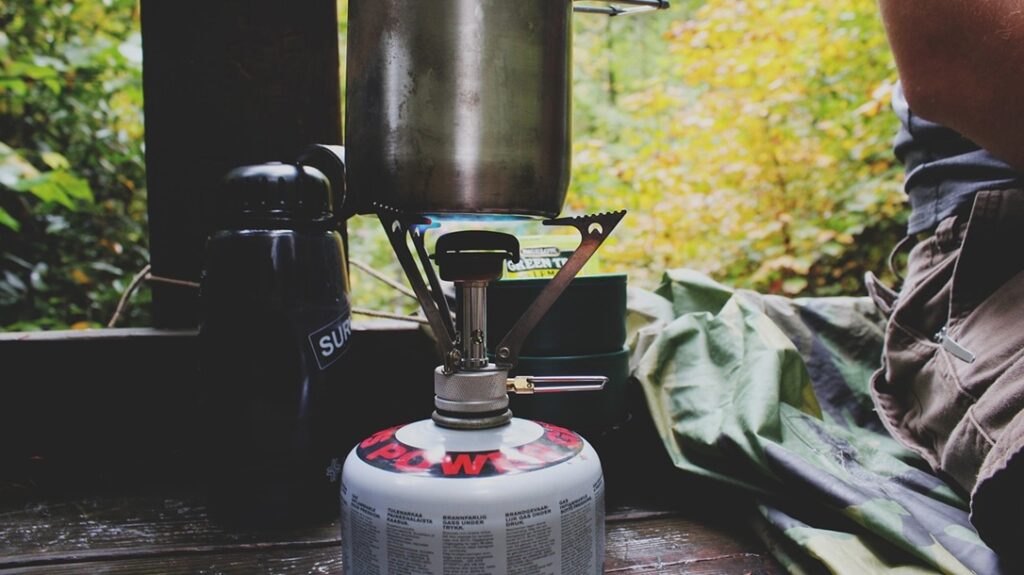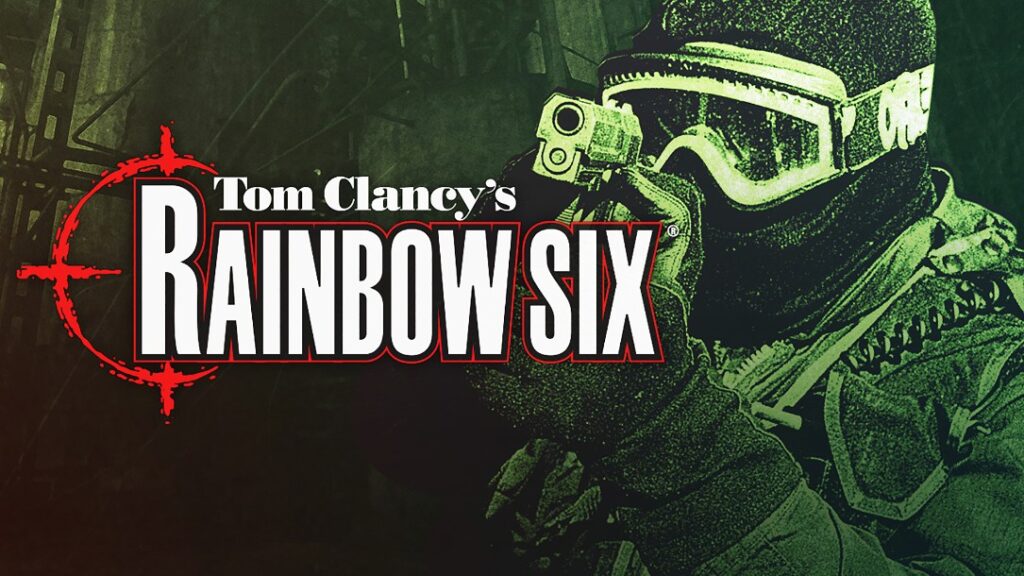Prior to the giant explosion of concealed carry that started in the early 2000s the world of small, concealable handguns was limited. Going back to the 70s and 80s the designs were even more limited. You had snub nose revolvers, pocket 25 and 32 autos, and guns like the Walther PP series which were small, but large compared to today’s 380s. A guy name Paris Theodore out of New York decided the current crop of concealable pistols weren’t up to his standard. He created a new one called the ASP.
Filled with the American spirit of free enterprise, and a love of firearms, Paris Theodore sought to make the ultimate concealed carry gun. Paris was a gunsmith and owner of Seventrees Ltd of New York City. He built concealed carry holsters and was a well-reputed specialist with several US Government contracts.
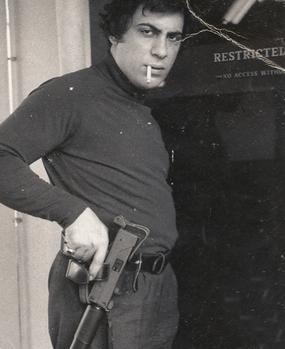
Believe it or not, New York City wasn’t a festering hole on unAmericaness at one point. Paris Theodore is an interesting person with a long history of making cool concealable handguns. He made pistols for clandestine operations and really needs his own article, but today we are just talking ASP.
Advertisement — Continue Reading Below
So What’s an ASP?
Paris designed the first ASP and his subsidiary company called Armament Systems and Procedures produced the pistol. ASP is an acronym for that company. The ASP pistol cost quite a bit of money. Back in the day, you had to send in both your own gun and $475 bucks to get an ASP pistol.
The ASP starts life as a S&W Model 39 or 39-2 pistol. The S&W 39 pistols are great guns but are full-size single-stack guns. To become the ASP Paris had to start trimming the barrel, slide, and grip. He trimmed the 4-inch barrel to 3.25 inches, he shortened the grip and also the magazine to seven rounds.
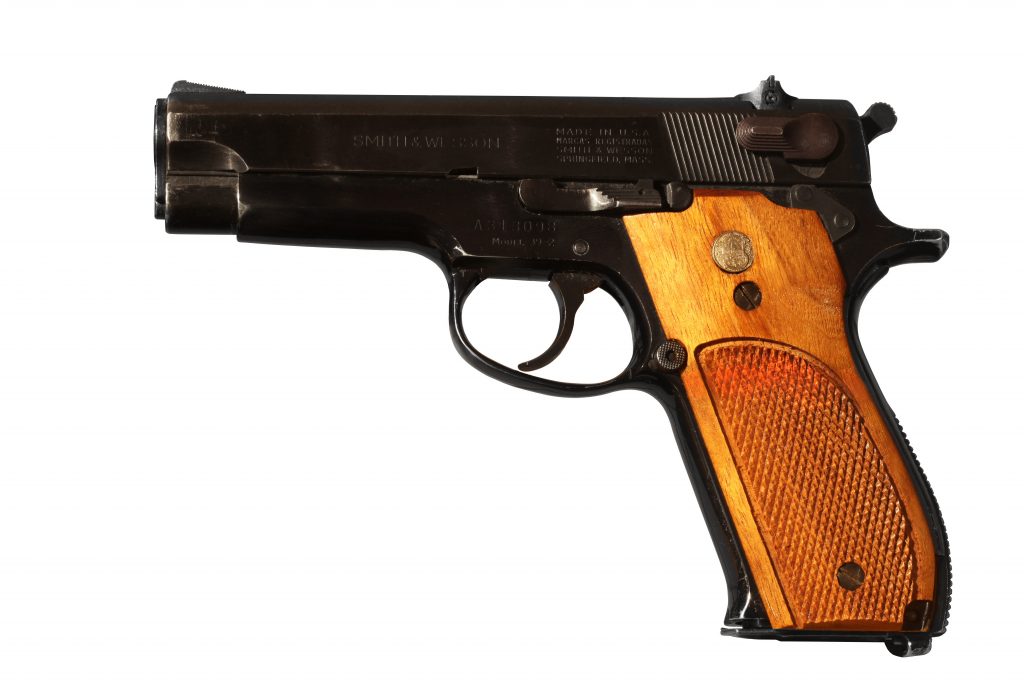
Shortening the slide, grip, and barrel seems like a small thing. In reality, it required the gun to be completely reworked. Paris had to rework the barrel bushing, the recoil system, the mainspring, and rear strap assembly. The trigger guard was rewelded and recut into a hook to accommodate the support hand trigger finger. It was an en vogue shooting style at the time.
Advertisement — Continue Reading Below
The edges of the gun melted away to be smooth to create a snag-free design as well as a comfortable carry gun for deep concealment. The gun was coated with a teflon finish to be very smooth and the gun has almost zero checkering. A little checkering was reserved for the backstrap and that was it. The idea was that if you accidentally got a bad grip you could slide into a good grip. With checkering the idea was your grip would be stuck and hard to adjust.

The front of the remaining slide was scalloped and trimmed for weight. The thumb safety was also reduced and made more snag free.
Look and See
The grips were swapped for clear Lexan panels and the magazines were modified heavily. The idea was simple. The clear grips allowed you to look into the magazine and count how many rounds were left in the magazine.
Advertisement — Continue Reading Below
The last significant change was the sights. Instead of a traditional set of sights the gun used something called Gutter Snipe sights. This was a rear sight that had a narrowing U-channel with three yellow panels that formed a triangle when the sights were properly aligned. There was no normal front sight.
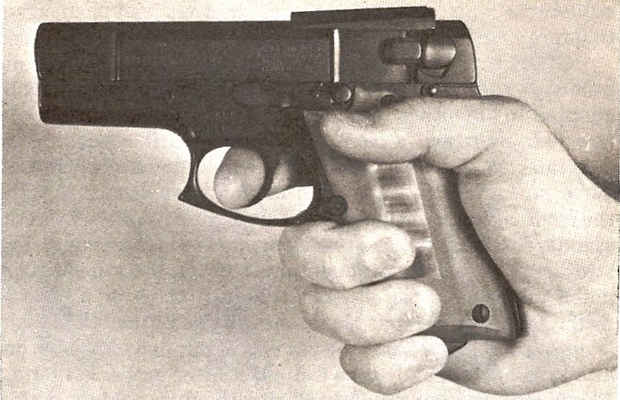
Over 200 changes were made to the S&W 39 pistols to create the ASP. The ASP was an impressive piece of work at the time it was created. The S&W 39 became an outstanding carry gun with the ASP treatment.
Advertisement — Continue Reading Below
These guns were reportedly initially made for government users. This included the Commanding Officer of the American Embassy Security Guard detail in Saigon and numerous clandestine types.
Unfortunately, the ASP didn’t last forever. Paris Theodore sold the company to an Ohio outfit that produced a few more guns. Eventually, the ASP died, but it influenced a generation of concealed carry pistols.
The Influence
In a post ASP world, the gun’s influence has reached far and wide. One of the primary choices for concealed carry is a small, 9mm single stack carry gun and the ASP did that decades before the S&W Shield came to be. Not everything in the ASP design carried over. I mean who doesn’t like aggressive grip checkering?
Advertisement — Continue Reading Below
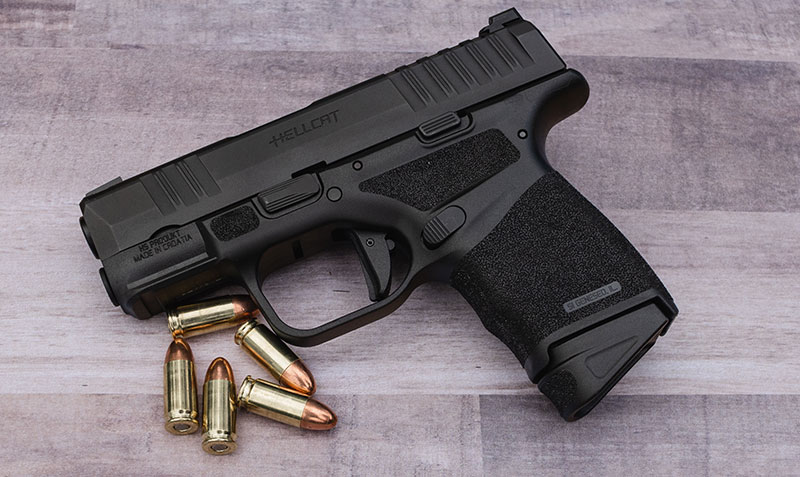
However, rounded edges, small grips and barrels, and the use of softer recoiling Browning action instead of blowback are all the norm. We want high visibility front sights and we don’t want them to snag. We are willing to reduce the capacity to save space, but we still want something in 9mm.
The S&W 3913, a S&W 3rd gen gun, was directly influenced by the ASP. Modern guns like the SIG P365 SAS take a lot of design influences from the ASP in their snag-free designs. This includes the gutter snipe sighting system re-imagined as a more modern variant.
Advertisement — Continue Reading Below

These days we live in a world where the compact 9mm is king. The ASP is a part of that legacy. The ASP may not have ever been a mass production gun but it’s design influenced the concealed carry world we have now. These days ASP guns go for a pretty penny and they even saw a short rerelease in 2000 from a new company. Even those models tend to be rare and expensive.
The closest gun seems to be the P365 SAS, but even its a far cry from the old school cool design of the ASP. However, the good news is there are virtually a near unlimited number of 9mm single stacks these days that deliver modern concealability and modern capacity.
Advertisement — Continue Reading Below
Cover Image By Mr. Vladamir


